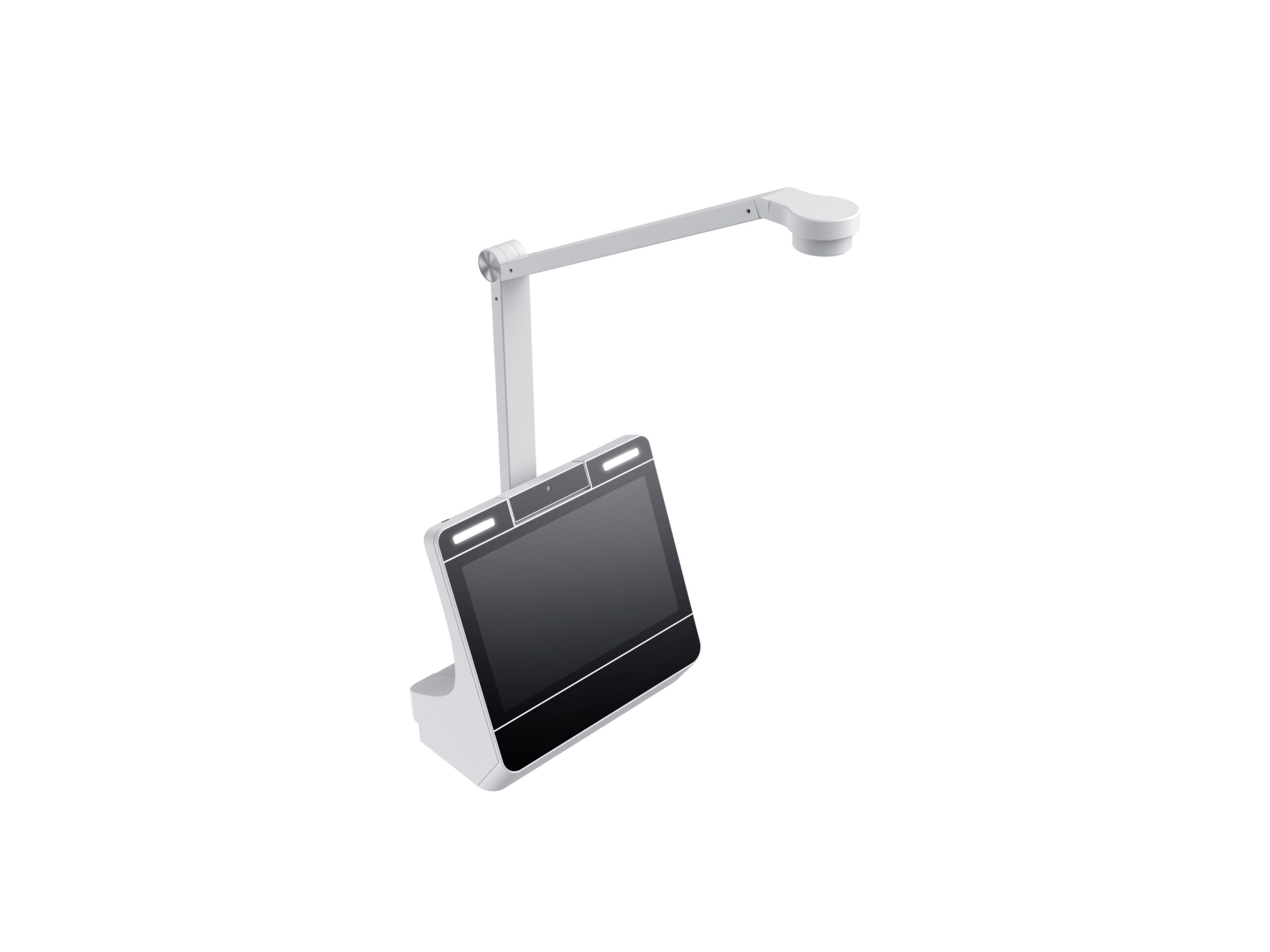In February 2016 I brought you an article reviewing and comparing some of the most popular smartphone chipsets.
These chipsets included:
| Entry Level | Mid- Range | High End |
| MT6580 | MSM8909 | MT6592 |
| SC7731 | MT6735 | MT6753 |
| MT6572 | MSM8926 | MT6755 |
*MT –Mediatek, MSM – Qualcomm, SC – Spreadtrum
This article will give you an update on the same topic and identify new Chipsets for Android Smartphone that have since become available and popular.
Of the above chipsets the MT6572, which had been released in 2013, has stopped production. That leaves the MT6580 and SC7731 as the more popular options left for 3G smartphones.
The MSM8909 was reviewed in the previous smartphone chipset review in February as well as last month’s telecom tablet chipset article. While it is still available for smartphones it has become more accessible for use in Telecom tablets rather than smartphones.
The newcomers to the list of popular mobile phone chipsets include Mediatek’s MT6737 and Spreadtrum’s SC9832 and SC9860GV. Below is a table that compares some of the key features of these new entrants in the market.
| MT6737 | SC9832 | SC9860GV* | |
| Released | 2016 | 2015 | 2016 |
| Cores | 4 | 4 | 8 |
| CPU Type | ARM Cortex-A53 | ARM Cortex-A7 | ARM Cortex-A53 |
| Maximum Frequency | 1.4 GHz | 1.2GHz | 2GHz |
| GPU | ARM Mali-T720 MP2 | ARM Mali-400 MP2 | ARM Mali-T880 MP4 |
| Maximum Resolution | 1920 x 1080 | 1280 x 800 | 2560 x 1600 |
| Maximum Camera Resolution | 13MP | 8MP | 26MP (13MP dual camera) |
| Maximum Internal Memory/ Storage | 3GB RAM64GB ROM | 2GB RAM32GB ROM | 6GB RAM64GB ROM |
| Mobile Broadband Signals | CDMA2000, EDGE, FDD / TDD LTE, HSPA +, TD-SCDMA | TD-LTE / FDD LTE / TD-SCDMA / WCDMA / EDGE | TD-LTE / FDD LTE / TD-SCDMA / WCDMA / EDGE LTE |
*SC8960GV is targeted towards domestic Chinese customers but is still accessible to all.
MT6737
The MT6737 delivers performance to support mid-range devices but also has features making it suitable for low-cost entry-level 4G devices. It achieves this versatility by minimizing BOM and, specifically, memory cost as it’s compatible with Android M which uses as little as 512MB DDR memory.
This is because there are a few variants of this chip including:
- MT6737A – High-level specs
- MT6737T – High-level specs
- MT6737P – Medium level specs
- MT6737M – Low-level specs
A and T can both support 13MP camera resolution and full HD screen’s (1980×1080) while P and M are limited to 8MP and 5MP camera resolutions, respectively, and a standard HD screen (1280×720).
The performance of the MT6737 is 10%-20% better than that of the MT6735 which was reviewed in the previous smartphone chipsets article.
The MT6735 was popular in 2015 and continued that into 2016 as it’s the marquee budget SoC but it’s now positioned to take a backseat behind the MT6737.
In addition to the increased performance, the MT6737 can also save up to 25% battery power in comparison to the MT6735 with its new algorithm saving 52% idle power consumption.
The MT6737 can be found in a number or HomTom’s smartphones including the HT17 Pro.
Spreadtrum SC9832 and SC9860GV
Spreadtrum contributes two of the three chipsets reviewed in this article: SC9832 and SC9860GV.
The SC9832 provides a solution for mid-range smartphones as it is a cost-effective option for 4G devices. It is an improved version of SC9830A (improved camera and connectivity) which was found in some tier 1 brands devices such as the Samsung Galaxy J3 and Samsung Z2.
SC9832 has recently (Dec 2016) been adopted by Algerian cellphone brand Condor and will provide North African users with a high-performance LTE solution.
SC9860GV targets the high-end domestic market with its octa-core ARM A53 64 bits CPU and dual-core Mali T880 GPU.
Compared to other high-end chipsets reviewed in February’s article this chipset represents improvements in maximum screen resolution (2560 x 1600) and maximum camera resolution (Up to 26MP).
SC9860GV is not planned to support Android 7 so it has been targeted at the Chinese market however it is still available for use in devices sold overseas. Some of the large Chinese domestic companies have their own ROM or OS so not supporting Android 7 is not as much of an issue for these.
Some of the top performing chipsets are currently only available to the top tier international brands but in time will become available to regional brands. When they do Hatch will report them to you and be able to design products around them.
If you have any questions on any of the above or any other chipsets please feel free to get in touch. If there is any other topic that you would like to learn more about please let me know.
As usual -> Hope this helps and that you enjoy!
Garry @ Hatch
PS: If there is any topic you’d like me to cover just send me an email or a tweet.


